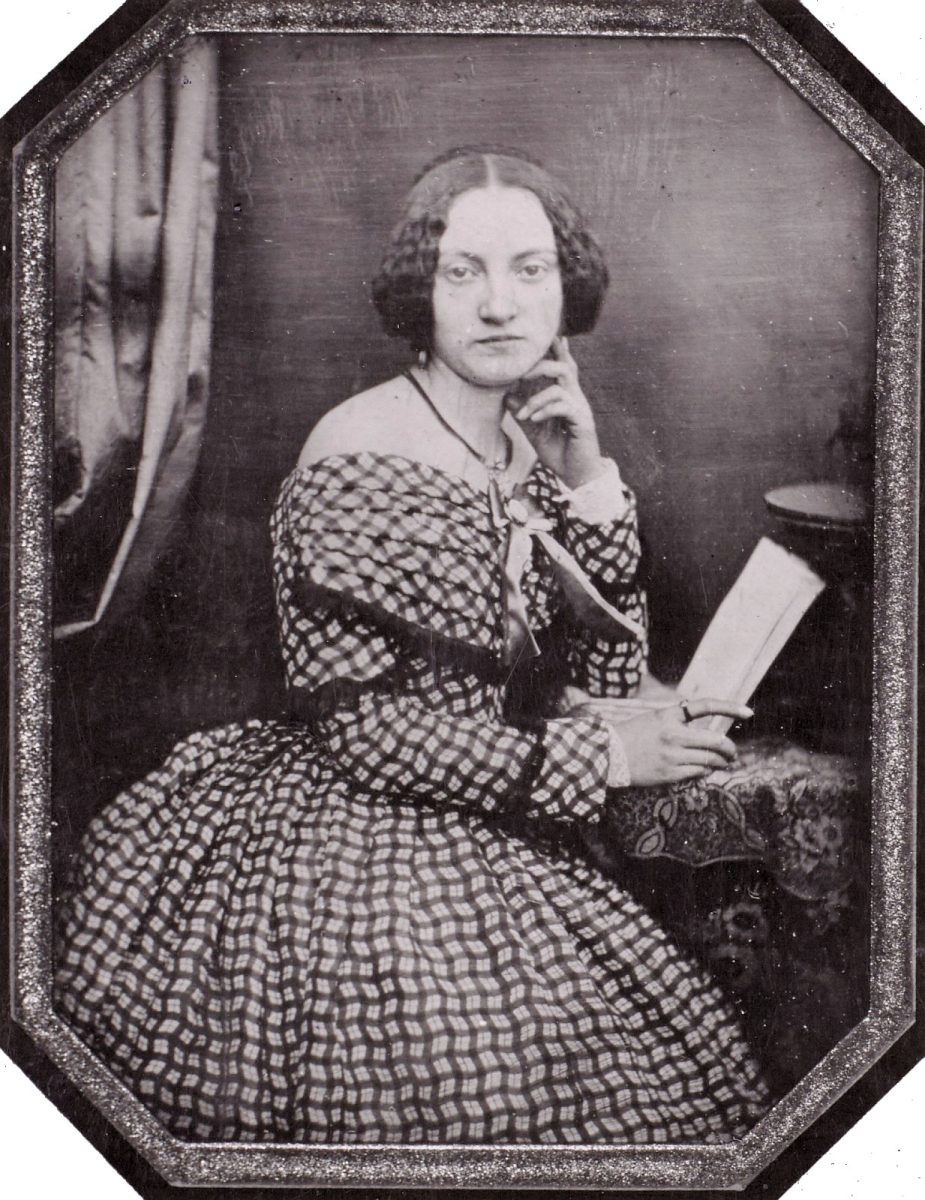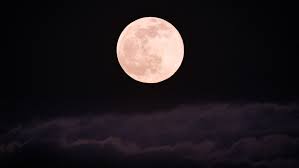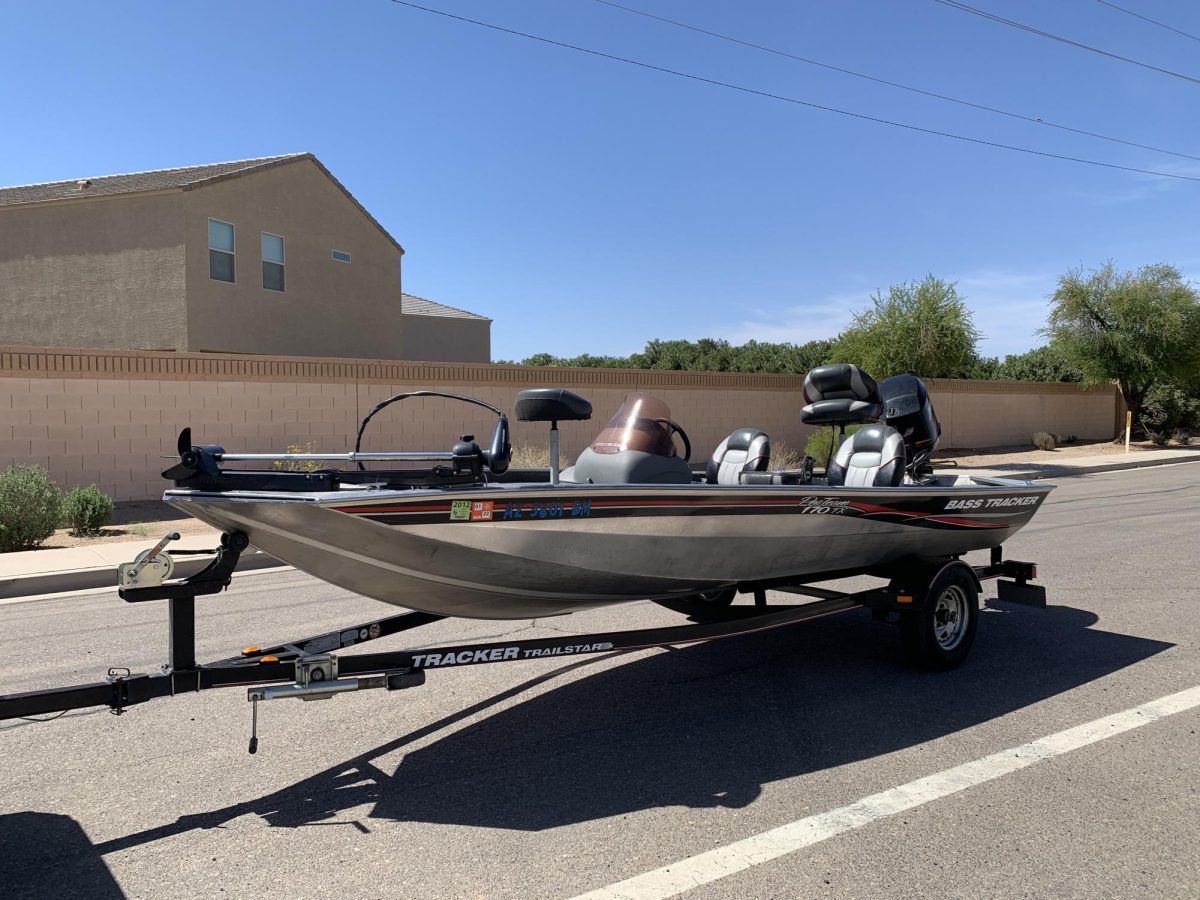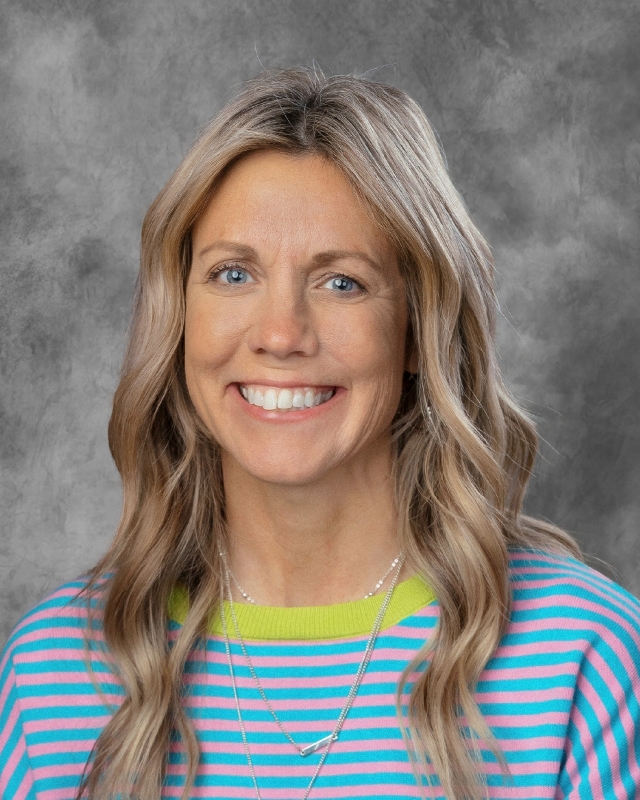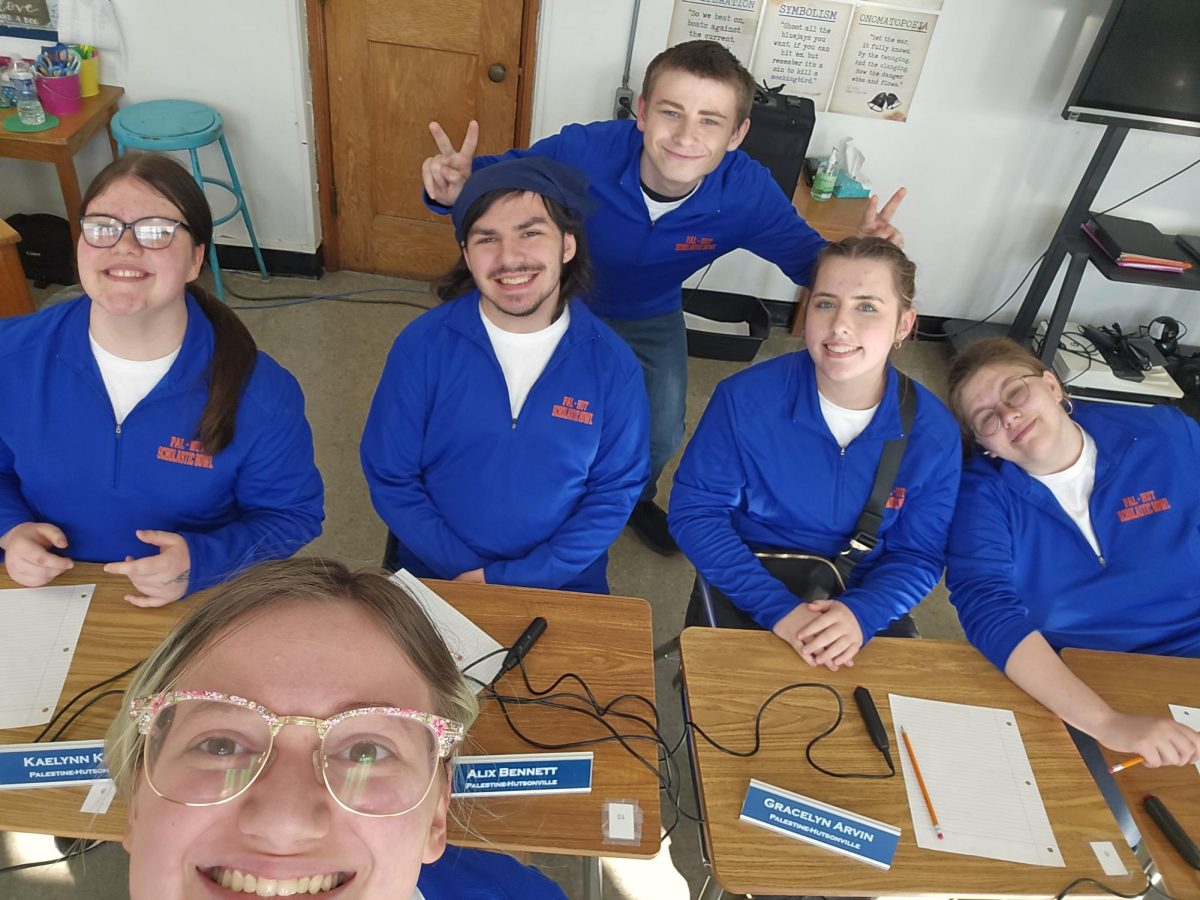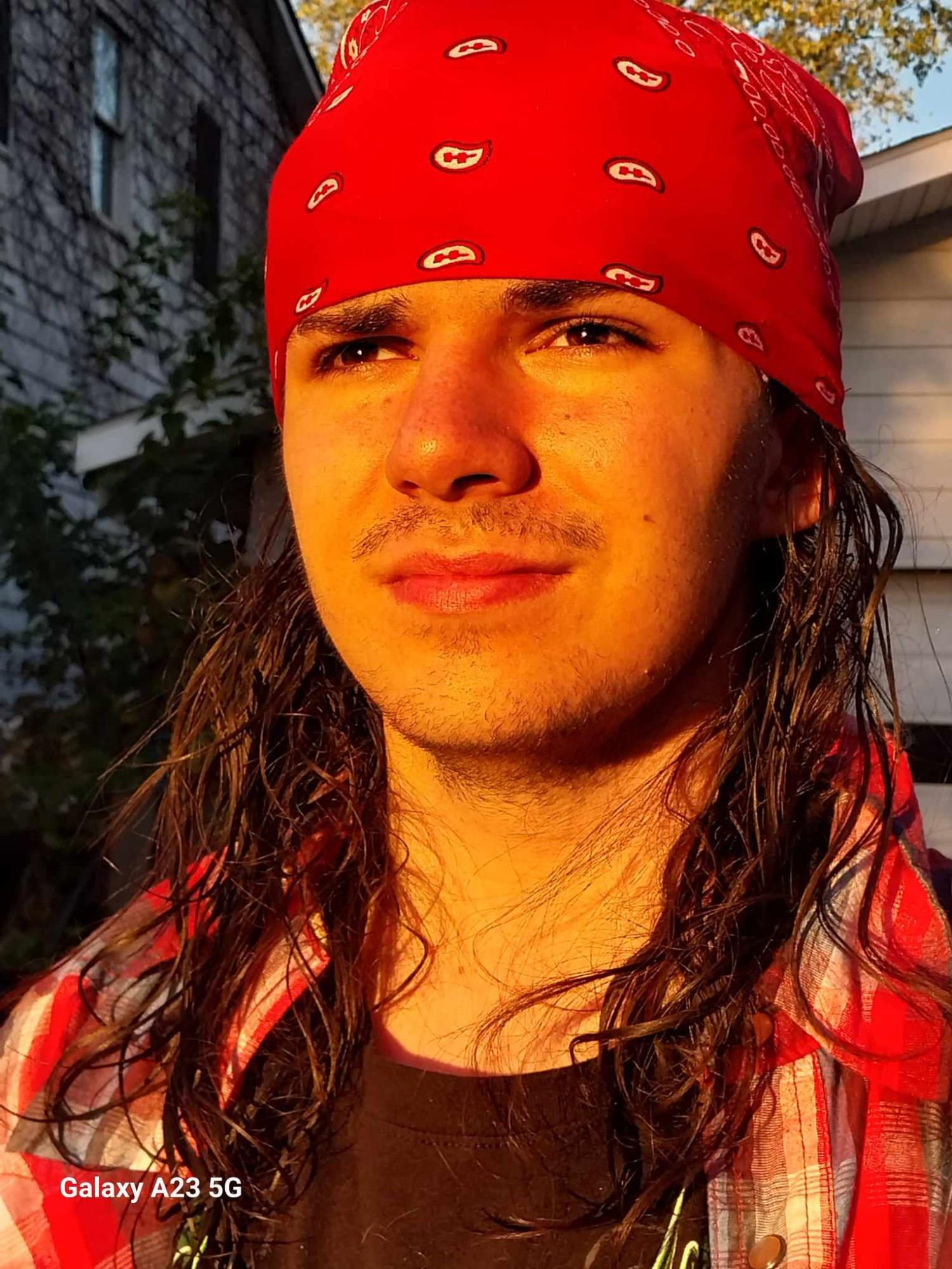
As mentioned in a previous article, I am Wiccan. To those who know me that is no surprise or secret, but to others they may have no idea what I am talking about. In this article, my goal is to go into what Wicca is, why I chose to be Wiccan, and various beliefs that I have as a Wiccan.
You may (or may not) have heard these phrases used interchangeably, but that is not the case. There are many notable differences between them, although there are many similarities as well.
First, I’ll go through the differences. A witch, in this sense, is a person who uses magick. Note the k. Although there are many different variations of the word, many witches use the word ‘magick’ with a k to separate it from magic tricks or comic book superheroes. This magick will not make a woman disappear or cause lightning to fire from your hands. Instead, it is a term used to denote spiritual actions, such as prayers, offerings, and manifestation. Spiritual in this sense refers to a connection with the universe, but can be applied to any religion. This can include Christianity, such as in the case of author Adelina St. Clair.
A Neopagan is a member of any of a large group of religions that follow the teachings of the ancients, such as the Normans and the Greeks. As is to be expected, there is a diverse range of beliefs involved in such a group, but there are also some unifying factors as well. The most common groups are Celtic, Germanic, Hellenic, Eastern European (Baltic, Slavic, Uralic, and Caucasian), Turko-Mongolic, Semitic, Kemetic, Mexicayotl, and Wicca. Some people choose not to label themselves with one of these as to leave themselves limitless. There are two main categories that Neopagans can fall into no matter their path, and this is hard and soft polytheism. Hard polytheism believes that the deities are separate individuals, while soft polytheism believes that deities are all representative aspects of a specific deity (or specific deities).
Wicca is a specific branch of Neopaganism. It follows the belief in two main entities, the Horned God and the Triple Goddess, along with various other beliefs. I will go into these more later.
Most members of these groups believe in or practice magick, and almost all believe in naturalistic spirituality.
It is important to note that many people will define themselves differently. I use all three to describe myself, as I am all three, but some prefer to use one word over the other for one reason or another.
So now that we’ve gone over the similarities and difference between witch, Neopagan, and Wiccan, why did I become one?
Well, it started when I was little. Ever since I was little I cared deeply for the earth, and I felt an innate connection to it. My mother encouraged me to look into all religions, and so I did. In fact, I was at one point a member of the Church of Christ. By the time I was ten, however, I had stopped going to church because it just didn’t feel right. I went to a bookstore for my birthday and found Wicca by DJ Conway, and I was enthralled. I’ve been a Wiccan ever since.
Witches, Neopagans, and Wiccans believe in psychic energy, which results from actions and thoughts. We believe in many different kinds of energy, and energy can be multiple kinds at once. Some of the most common energies encountered are positive, negative, elemental, fey, or draconic. Some also believe in angelic and demonic energy, but I lump that in with positive and negative, as I do not believe in either.
We also believe that energy from another person, place, or thing can attach itself to other people, places, or things. Because of this, we practice cleansing, where we remove negative energy and imbue positive energy. This can be done in a number of ways, most commonly being with celestial bodies (e.g, leaving out under moonlight), by using certain herbs and crystals, and by using candles and incense. I personally cleanse my veil by drawing out its negative energy with my breath, and then using the light around me to imbue positive energy.
‘Veiling’ is a term used to describe when witches, Neopagans, and/or Wiccans cleanse an article of clothing, often a piece of fabric such as a bandanna, so that it shields from negative energy. We believe that the energy of a person, place, or thing can follow you, so we veil to ward us from this energy. This is is not a universal belief or action, but it is something I do as part of my faith. Some also do it to bring themselves closer to the gods, as some believe that the veil represents the line between our world and the Otherworld.
No, we do not cast spells to turn you into a frog.
Spells are essentially a witch, Neopagan, or Wiccan’s prayers. We call upon the energy of a higher power and request that it be used for a specific purpose, such as when you pray for health or to thank what luck you’ve already had. This is the main act of magick we do, and can be done in several ways, such as through cooking, lighting candles, meditating, or through divination.
We believe that there are other spirits in the world, and that there are many different kinds. Some of these include deities, elementals (gnomes, sylphs, undines, and salamanders), fey, angels and demons (which I do not believe in), and dragons. Dragons are likely the most confusing; all of these spirits are invisible and intangible, and dragons are thought to be primal spirits of nature.
We also believe that our ancestors guide us and strengthen us, as well as a spirit guide that is assigned to each person and guides and protects them. We usually leave offerings for them, but these offerings can differ depending on the spirit. For example, milk and honey is often used for fey, while small stones are good offerings for dragons and gnomes. Of these spirits, the only ones I’ve worked with are fey, sylphs, and deities, and the only one I work with currently are sylphs.
These spirits live in the Otherworld, which is a world past the veil created by the combined minds of all living beings. A human cannot physically go there, but there are many people who claim to have traveled there psychically. I have never experienced this, but I leave it to you whether you believe their claims.
This is a Wiccan-specific belief. We believe in two cosmic entities who have been a factor in every society, with these being the Triple Goddess and the Horned God.
The Triple Goddess is the embodiment of the divine feminine, and is represented in her aspects. These are the Maiden, the Mother, and the Crone. These aspects represent the passage of the moon, from waxing to full to waning, as well as the stages of life.
The Horned God is the embodiment of the divine masculine, and is represented by the sun and forests.
Both are embodiments of the duality of the universe, and are held to equal form. Regardless of gender, one will always possess both divinities, and all things in the universe are said to be both.
We have eight sabbats, or holidays. On all of these it is traditional to light bonfires.
The Wiccan new year begins on Yule (YEWL), which I explained in this article.
Samhain ( SOW-wen), halfway between the Autumn Equinox and the Winter Solstice, is held on October 1. On this day, the veil weakens between our world and the next, meaning that this is a time when the spirits of the dead emerge. We honor our ancestors and reflect on the cycle of life and death. This is also celebrated as Halloween
Next comes Imbolc (IM-bulk) on February 1, preparing for the Spring Equinox. This time of year, we cleanse our environment and light candles for the gods, and has been adopted as St. Brigid’s Day or Candlemas.
Then comes Ostara (o-STAR-uh) on the Spring Equinox, which was adopted by Christianity into the modern day Easter. Around this time we celebrate Spring and new growth and try to connect with nature.
If you’ve ever celebrated May Day, you have celebrated this holiday. Beltane (BEL-tain) is celebrated on May 1 and, as with Samhain, is when the veil is the thinnest. At this time all sorts of fey creatures arrive on our world. This is a festive time of games and mischief.
The next sabbat celebrates the Summer Solstice, and is called Litha (LEE-thuh), and was adopted by Christians as St. John’s Day. We decorate our homes, feast, and generally have fun. There is also a story that finding seven different types of flowers on Litha will bring true love, but I don’t believe that.
Our second to last sabbat is Lughnasadh (lu-NUH-saw), celebrates the beginning of the harvest season and is held on August 1. It is also called Lammas, which is also the name of a Christian holiday. This is a day of feasts and giving back to the earth.
Finally, we have Mabon (muh-BON), celebrating the Autumn Equinox. This is a time to celebrate the balance of light and dark, and is a time to give thanks. Feasts are held, and we celebrate the abundances of the earth.
And that is a brief summary of my beliefs as a Wiccan. Have a nice day and blessed be.


